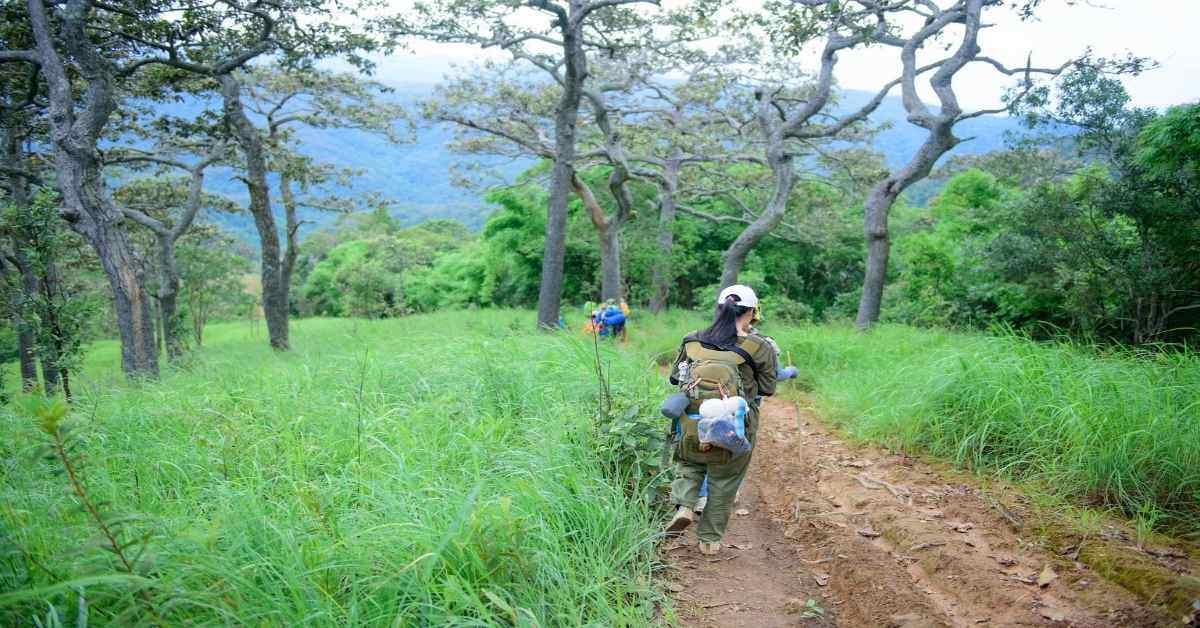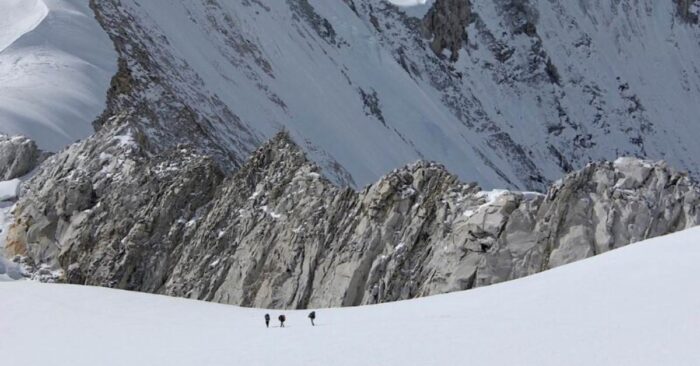Principles of Leave No Trace, a topic in the remote wilderness, offer comprehensive practices for minimizing impacts in various settings. To reduce their impact on the environment and protect ecosystems, outdoor enthusiasts follow the Leave No Trace philosophy. These guidelines promote responsible and sustainable outdoor recreation, preserving natural beauty and habitats for future generations. Leave No Trace regularly updates its principles with the latest insights from research, ensuring they remain relevant in the field of outdoor education. Here are the seven Leave No Trace principles:
Plan Ahead and Prepare:
- Understand the regulations and guidelines for the area you’re visiting.
- Obtain all necessary permits and prepare for emergencies.
- When planning a trip, consider how it will affect the environment and other visitors.
Travel and Camp on Durable Surfaces:
- To prevent causing harm to the soil and vegetation, stay on designated trails and campsites.
- In order to preserve riparian areas, camp at least 200 feet away from lakes and streams.
Dispose of Waste Properly:
- Clear out all trash, leftover food, and litter.
- Get rid of human waste in the designated catholes, which should be at least 200 feet away from water sources and 6 to 8 inches deep.
Leave What You Find:
- Remember to preserve cultural and natural elements as they exist.
- Never pick plants, annoy wildlife, or damage trees or rocks.
Minimize Campfire Impact:
- Instead of starting a fire to cook over, use a camp stove to avoid leaving scars on the surrounding area.
- If fires are approved, use established fire rings, keep fires small, and burn only small sticks and branches.
Respect Wildlife:
- Keep your distance from animals and avoid giving them food.
- Store food safely to avoid attracting wildlife to your campsite.
Be Considerate of Other Visitors:
- Reduce your volume and honor the peace and quiet of the outdoors.
- Respect other hikers on the trail and show consideration for other outdoor enthusiasts.











